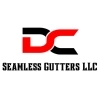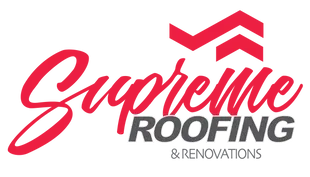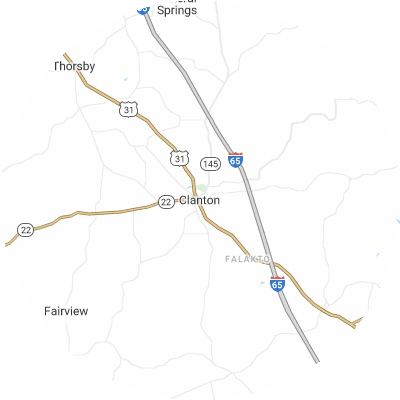Signs You May Need Gutter Guards
While gutter guards aren't always necessary, signs of clogged gutters are clear. Some indicators of persistent gutter problems include:
- Frequent clogs that cause overflow and water to spill over gutters
- Mold growth, interior wall stains, or peeling exterior paint on walls near gutters.
- Soggy ground or visible erosion around your foundation
- Visibly damaged, sagging, or misaligned gutters that no longer direct rainwater correctly
- Leaky seams or joints where water leaks out of gutters
How To Choose a Gutter Guard Installer
Assess Their Experience
When choosing an installation company, look for one with years of experience and knowledge about many brands and guard types. An experienced company will understand how to measure and install gutter guards for your specific needs. Ask about a company's years of experience and request referrals from local customers.
Verify Proper Licensing and Insurance
When speaking with potential installation companies, always confirm that they are licensed, bonded, and insured with both workers compensation and general liability coverage. This protects you if any injuries or accidents happen. Ask for current licensing and insurance papers from potential providers.
Choose Reputable Brands
Seek out companies that provide tenured and trusted gutter guard brands such as LeafFilter and Gutter Helmet. Be wary of companies only offering generic no-name or their own off-brand guards, as these likely lack the rigorous testing of larger brands.
Seek Custom Fit Services
For top performance, gutter guards need on-site sizing and cutting to match your gutters. Select a company that takes custom measurements and trims guards for your home instead of using generic guards. Well-fitted guards prevent debris-trapping gaps from forming.
Examine Warranties
Leading gutter guard companies are typically backed by 20-year or lifetime warranties that cover rust, clogs, leaks, and other defects. Before choosing a provider, look into its warranty terms for materials and workmanship guarantees. Warranties are the best way to protect your gutter investment.
Check Reviews and Referrals
Take some time to research online reviews on Google Reviews, Yelp, the Better Business Bureau (BBB), and other review sites to read about customer experiences. Ask neighbors to recommend quality local gutter guard companies. When researching providers, you should choose companies with a track record of consistently good feedback instead of just one or two reviews.
Types of Gutter Guards
There are six primary gutter guard types. These include the following:
- Foam guards consist of pieces of foam that sit in your gutters to block debris. They're light and easy to install. Foam guards cost roughly $2.46 per linear foot.
- Brush guards are made of large brush bristles that are installed in your gutters, blocking debris and allowing water to pass through. On average, you can expect to spend $4.04 per linear foot for brush guards.
- Screen guards have large holes that allow water to pass through while keeping debris out. On average, you can expect to spend $4.25 per linear foot for screen guards.
- Mesh guards have smaller holes than screen guards and similarly block debris while letting water filter through. They are durable and let debris slide off rather than sit on your gutters. On average, you can expect to spend $4.02 per linear foot for mesh guards.
- Micro-mesh guards have even smaller holes than mesh guards and allow even less debris into your gutters than mesh. These guards are extremely effective. Micro-mesh guards cost roughly $5.11 per linear foot.
- Surface tension guards, sometimes called reverse curve guards, use surface tension to allow debris to slide off while water flows into the gutter. They can typically be seen from the ground. Surface tension guards cost around $3.13 per linear foot.












